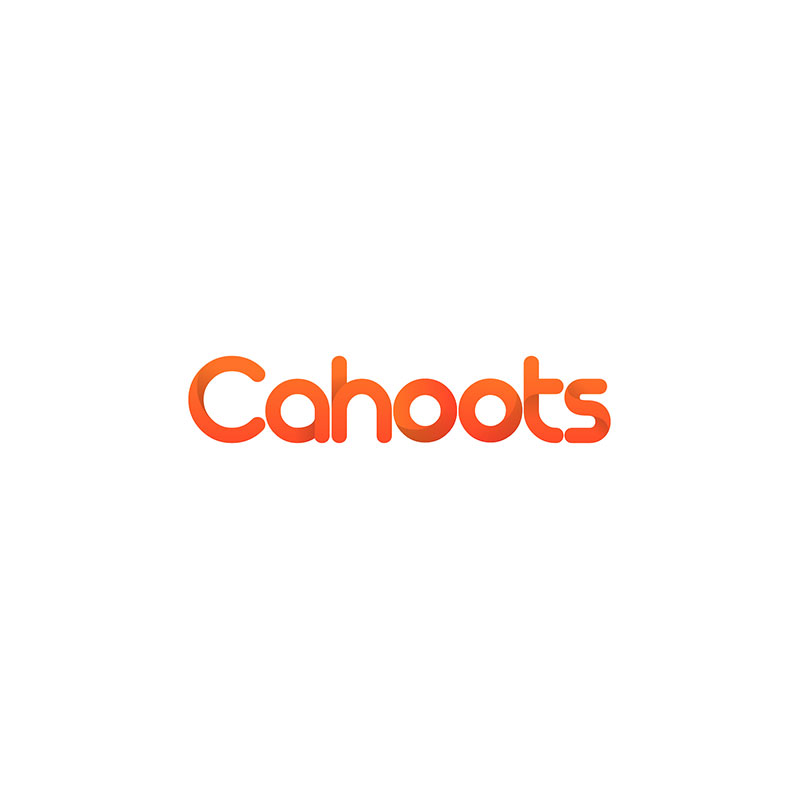#006
The Interview:
Jamie
Woodbridge
Jamie Woodbridge is a tech enthusiast and product developer who has worked for companies in Britain and Australia, most recently Google. Cahoots is his first attempt at a startup. We had a chat to Jamie about what it takes to start out on your own, how creativity comes into app design, and overcoming risk to get where you want.

Can you tell us a little bit about Cahoots?
It started off being essentially trusted recommendations. There’s many things in life that you would prefer to get a trusted recommendation from a friend about, and we wanted to build an app that would make that easy. I’ve been working with two very talented software developers and a great designer to build out what we call the minimum viable product – the first prototype. We went through numerous iterations of brainstorming to find, basically, a problem that needed to be solved and work out how to build the right product for that.
You have a background working for Google and a number of other companies. How did you go from working for the largest tech company in the world to starting out on your own?
I was at Google for 5 or 6 years, which was a fantastic experience, although the company definitely changed in that 5 years. It became much bigger and more corporate, which is why I chose to leave in the end. I remember the first day I was there, I had to organise an event. I was thinking crikey, how am I going to do this? I’ve only just arrived in Australia, I don’t know anybody, I don’t know anything about venues. It very quickly became apparent that there was a person who did the events management, there was a person who did the PR, there was a different person who did the marketing. I was just a cog in a huge machine.
So what was it that made you finally take that leap?
Originally the idea came from when I was working in my sister’s recruitment firm. It was a very entrepreneurial company in the sense that there was only six people there. There was no one else to fall back on – you had to do everything. I loved that variety.
There is a lot of risk in investing so much of your time in a product that may or may not succeed. What role do you think risk plays in innovation?
To innovate you need, by definition, to do something different than what’s gone before. That’s risky. One of the first things I’ve learned is that, particularly for a tech company, writing a business plan is a waste of time. Your accountant will always tell you you need to have a business plan to get funding. Tech entrepreneurs will tell you that’s rubbish. You can sit there and say that’s my five year plan, but that’s just guessing. If you’re building a piece of technology that doesn’t exist, or trying to solve a problem for which there is not yet a solution, and you try to write a five year business plan, you’ve essentially just wasted that whole time. It’s never going to turn out the way you think it will. In that sense I do think risk is a fundamental part of innovation.
Do you ever feel that you might have made the wrong decision?
Actually, it’s quite nice. When people find out I’ve chosen to leave Google, they all say you’re very brave, I really admire you. I’ll take that, I’ll take those compliments! But actually for me it was the other way around. For me, the idea of staying as a wage slave for the rest of my life, trying to play the politics game, to climb the corporate ladder – that was terrifying. For me it wasn’t really risky at all to leave, it was like salvation.
Can you tell me a bit about how creativity comes in to your work?
I’m convinced I’m ADD to some extent. The upside of that is creativity. I definitely have lots and lots of ideas. Probably my problem is sticking to one or two. One of my biggest guilty pleasures is getting lost in Wikipedia. That can take a whole afternoon away from you if you’re not careful!
I think creativity is essential to innovation, but the flip-side is you can be very creative but deluded. It’s really helpful often to have a partner – in business or in general – who can balance that. I think creativity juxtaposed with discipline is the right blend of skills, whether that’s in one person, two people, three people, I don’t know.
What about design? How important is good design to the success of an app?
It’s fundamental. It’s crucial. There’s two aspects to design: there’s visual aesthetic – how beautiful it is, how much you want to pick it up and lick it; and then there’s user experience. How do you craft a product which takes all the stress out of the user’s experience and delights them with the journey it takes them on? That second one is particularly difficult.
What’s next for Cahoots?
At the moment we are working with a select group of events promoters and venues – cafes, restaurants, bars, cultural establishments and others – to understand what they need in a mobile app built for them and aimed at a certain demographic – namely, early tech adopters and Gen-Y millennials. As such Cahoots is morphing somewhat from a local noticeboard to a discovery app focused on giving our users great suggestions in response to a question: “What shall I do today?”.
